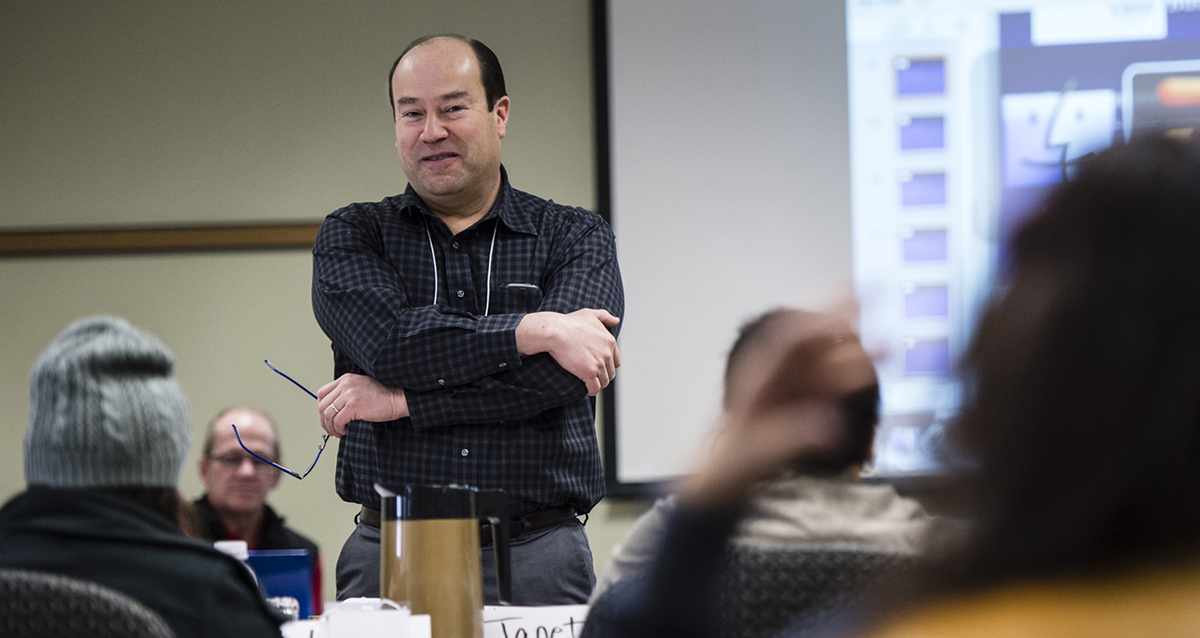Business Becomes the Buffalo

Best Practices in Indigenous Business and Economic Development program faculty member Trent Blind.
Indigenous people and communities today are challenged with adapting and keeping pace with a world of information exchange, technological advancement, and the inter-connectivity of the world’s economies and financial systems as well as the gap between the rich and poor increasing at a rapid rate. They are also faced with the realities of having the youngest and fastest growing population in this country while living in the worst comparable socio-economic conditions. With a scarcity of resources available to Indigenous people and the constant threat of continued funding cuts from government, indigenous leaders today are faced with the daunting task of balancing the socio-economic needs and priorities of their people with the finite resources passed on from government and their own source revenues. So, what is the answer to closing these socio-economic gaps and creating a more promising future?
Indigenous Leaders are increasingly turning their attention and focusing their efforts on alternative strategies to offset the imbalance of these challenges and gaps. Such strategies include emerging trends in the political and legal landscape such as the “duty to consult” as well as a greater awareness and support of the Canadian public through social movements like “Idle No More.” If we look at the last decade, we see there has been an explosion of growth in the number of Indigenous owned and operated businesses, partnerships, joint ventures, and a rapidly growing number of Indigenous entrepreneurs. These are all significant and positive trends in helping close the socio-economic gaps that exist between Indigenous and non-Indigenous peoples. These Indigenous owned businesses are creating employment, economic prosperity, and improving individual and community social wellbeing.
The development of sustainable businesses is vital to the future prosperity of Indigenous people and essential to improving the overall prospects for employment, skill, and capacity development. More and more, our leaders are realizing that education is not the only “buffalo” of today, but so is Indigenous business.
Taking lessons learned from efforts of tried, tested, and proven strategies in Indigenous economic development, many leaders are focusing on taking inventory of the resources they have. Upon closer examination and assessment of these inventories, Indigenous leaders are developing innovative ways of leveraging their resources and maximizing their socio-economic opportunities. Integrating human resources, financial resources, and natural resources with a partnership approach that involves a process of evaluation and assessment of their best use, Indigenous people are setting a new course for transforming their local economies.
Reducing dependence on government funding to support people and community endeavors is perhaps one goal of achieving economic self-sufficiency and therefore a truer form of self-government. This path will result in a more promising future for Indigenous communities.
Trent Blind is faculty with the Best Practices in Indigenous Business and Economic Development program. He is chairman of the Ermineskin Cree Nation group of companies and a Senior Advisor and Executive Management Consultant assisting with the development of Indigenous relations and business development strategies.